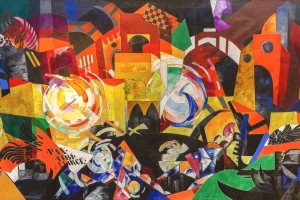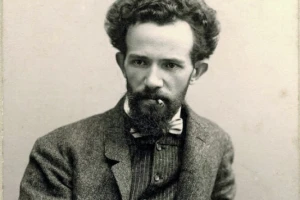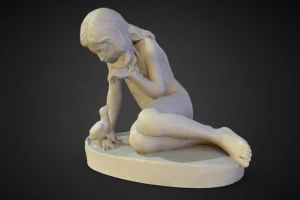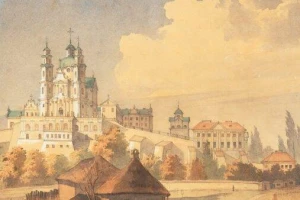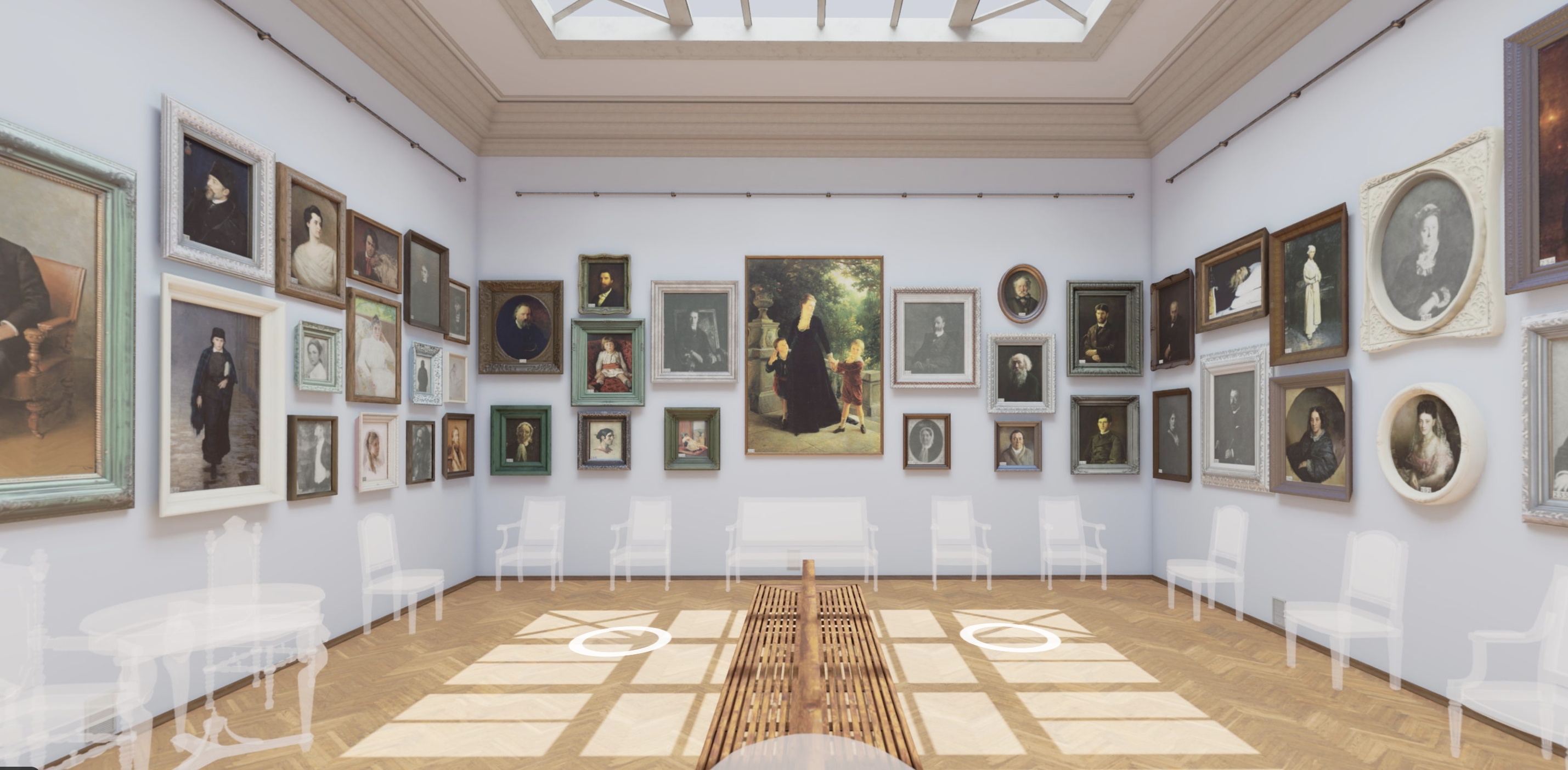Taras Shevchenko is, without exaggeration, the most famous Ukrainian in the world. Textbooks are written about him, his words are quoted daily, and monuments to him stand on different continents. But behind the image of a national symbol, we often lose sight of the real, vibrant, and sometimes unexpected figure. His story is not only about suffering and genius — it’s also about human joys, vulnerabilities, and a sincere love for life.
Here are 10 vivid facts that help us see Shevchenko more closely:
1. His favorite drink was tea with rum
Shevchenko frequently drank hot, strong tea with a splash of rum as a remedy against colds — and it became a kind of evening ritual, especially during creative discussions with friends. They joked he drank rum with tea, not tea with rum.
2. The poet was only 164 cm tall
But, as we know, greatness isn’t measured in centimeters — his words, ideas, and legacy have long outgrown any physical limits.
3. Shevchenko was a known fashion lover
He enjoyed spending money on fine clothes and was regularly admired for his appearance. Though no specific source of his “style” has survived, many letters and memoirs confirm his tidiness and dignified look.
4. The first Shevchenko monument appeared in Kazakhstan
In 1881, to mark the 20th anniversary of his death, military officer Iraklii Uskov erected the first monument to Taras Shevchenko near his home in Kazakhstan. It was a bust on a round pedestal, created by Shevchenko’s friend, the Kazakh Kara-Zhussup.
In Ukraine, the first monument was unveiled in Kharkiv in 1898, funded by the Alchevsky family. More about the first monument to Taras Shevchenko in Ukraine can be found in the online exhibition on emuseum.online.
5. He spent only 15 years in Ukraine
Although he is revered as Ukraine’s national prophet, Shevchenko spent only about 15 years of his life on Ukrainian soil. Most of his life passed between St. Petersburg, forced exile, travels, and brief returns.
6. His favorite dish was borscht with crucian carp
Shevchenko especially loved borscht with dried crucian carp, which he fondly mentioned in his diary and literary works. Living in St. Petersburg, he could only dream about the flavor, and once, while tasting it again in Kyiv, admitted he hadn’t had such good borscht in years.
He also enjoyed varenyky, pelmeni, and many fish-based dishes, often mentioned in his letters and prose.
7. He fell in love many times, but never married
Taras Shevchenko experienced love numerous times, but he never married. His first love was Oksana Kovalenko, and the last — a young maid named Lykera Polusmak, with whom he hoped to marry. But the wedding never happened — not even expensive gifts softened the heart of the woman twice his junior.
8. A world record in monuments
Around 1,500 monuments to Taras Shevchenko have been installed worldwide — from Washington to Canberra, Paris to Toronto. He is recognized as a global symbol of the fight for freedom, and this is considered a world record for the most monuments to a cultural figure.
9. His freedom cost 45 kg of silver
In 1838, friends of Shevchenko bought his freedom from serfdom, raising 2,500 rubles — the equivalent of about 45 kilograms of silver. That liberation gave him access to education at the Imperial Academy of Arts and transformed the course of his life.
10. He was better known as an artist during his lifetime
Shevchenko was the favorite student of Karl Bryullov at the Imperial Academy of Arts. In 1860, he was awarded the title of Academician of Engraving for his etching Parable of the Workers in the Vineyard, based on Rembrandt. His drawings and etchings were highly valued by his contemporaries — sometimes even more than his poetry.
Shevchenko was not only a poet, but a complex, human, and talented individual, whose impact on Ukrainian identity and world culture still echoes today — in stone, in verse, and in the hearts of millions.
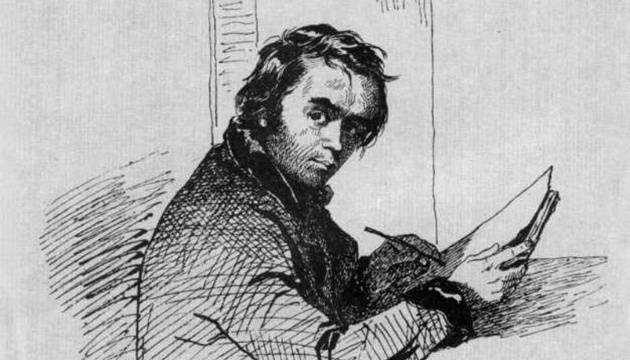
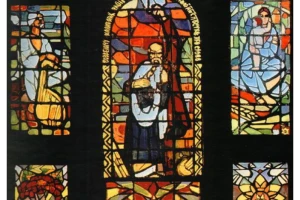

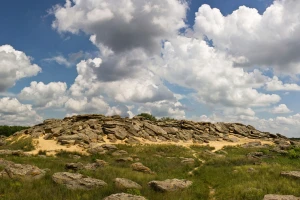
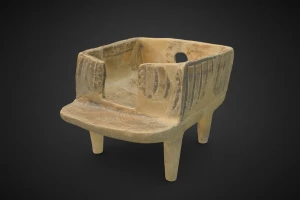
_latest.webp)

